14 Stunning Places To See In Burgundy, Just Hours From Paris
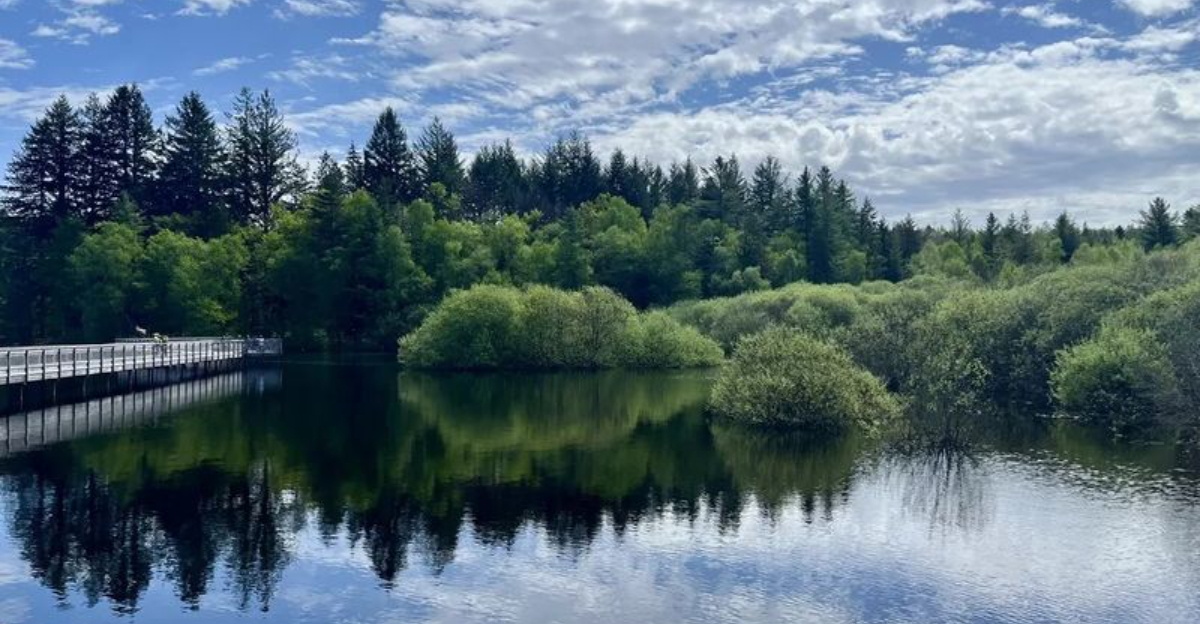
Looking for a getaway that feels worlds away from Paris without the long-haul journey? Burgundy might just be your dream escape. Just a quick train ride from the capital, this enchanting region is a patchwork of rolling vineyards, fairy-tale villages, and centuries-old châteaux that whisper stories of the past.
I wandered through cobbled streets where time seemed to pause and tasted wines that made me rethink everything I thought I knew about Pinot Noir.
Burgundy isn’t just for wine connoisseurs—it’s for anyone craving quiet beauty, a slower pace, and that old-world magic you only find in places that haven’t changed much in centuries. So, what will you fall in love with first—the buttery escargot, the golden vineyards, or the sleepy canals of Dijon and Beaune?
1. Beaune Wine Caves
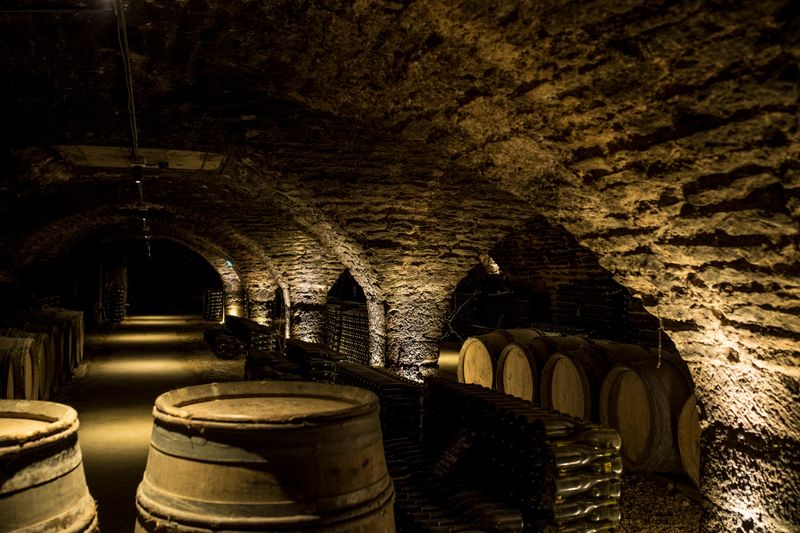
Hidden beneath the cobblestone streets of Beaune lie mysterious underground wine cellars dating back to the 13th century. These dimly lit tunnels house millions of bottles of the region’s finest vintages, aging quietly in perfect conditions.
I love watching visitors’ faces light up when they first step into these cool, damp caves. The musty scent of oak and wine creates an unforgettable sensory experience.
During tours, you can sample some exceptional wines while learning about traditional Burgundian winemaking methods. The most famous caves belong to the Hospices de Beaune, but smaller family-owned cellars offer more intimate tasting experiences.
2. Vézelay Hilltop Basilica
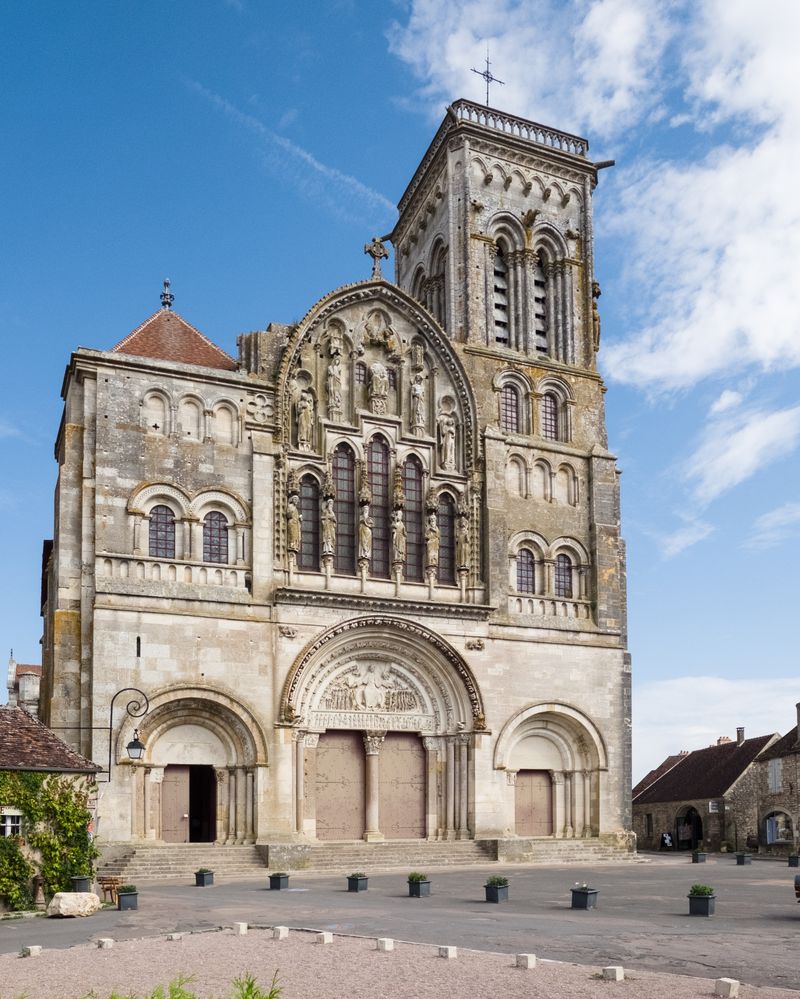
Perched dramatically atop a steep hill, this magnificent 12th-century basilica seems to touch the clouds. When sunlight streams through its windows, it creates magical patterns across the stone floor that medieval builders designed to align perfectly with the solstice.
Walking up the village’s winding street toward this UNESCO site makes me appreciate why pilgrims have journeyed here for centuries. The basilica’s intricate carvings tell biblical stories through stone, with details that have survived nearly 900 years.
From the terrace, you’ll enjoy breathtaking panoramic views of the surrounding Burgundian countryside. Time your visit for evening when golden light bathes the white stone in warm hues.
3. Château de Cormatin
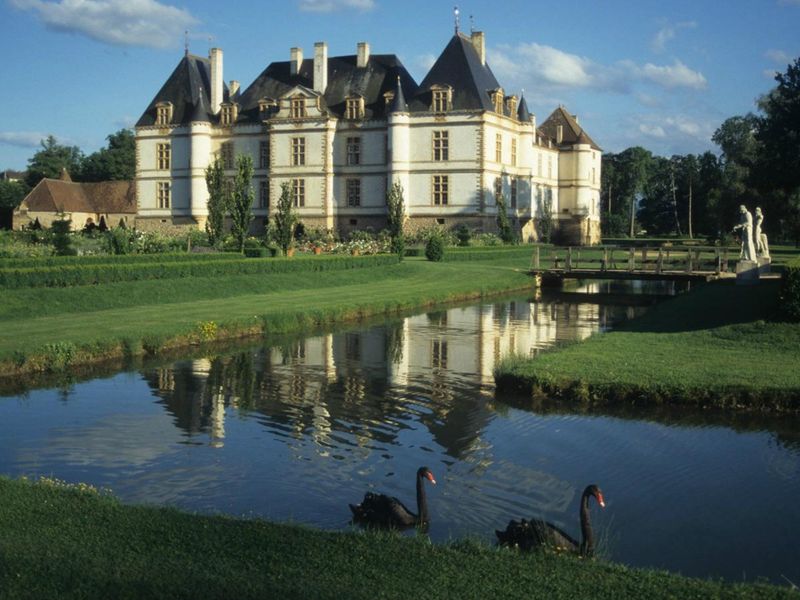
Surrounded by tranquil moats and elaborate gardens, this fairy-tale château represents the height of 17th-century French elegance. Its golden age rooms remain frozen in time, with original painted ceilings that will make your jaw drop.
Though smaller than some royal palaces, Cormatin charms visitors with its perfect proportions and intimate atmosphere. I particularly love the ornate bedroom where Louis XIII once slept, its walls covered in hand-painted Chinese-inspired scenes.
The gardens deserve equal attention, with geometric patterns, hidden fountains, and a maze that delights children and adults alike. Unlike crowded tourist attractions, here you can often find peaceful corners all to yourself.
4. Dijon Old Town
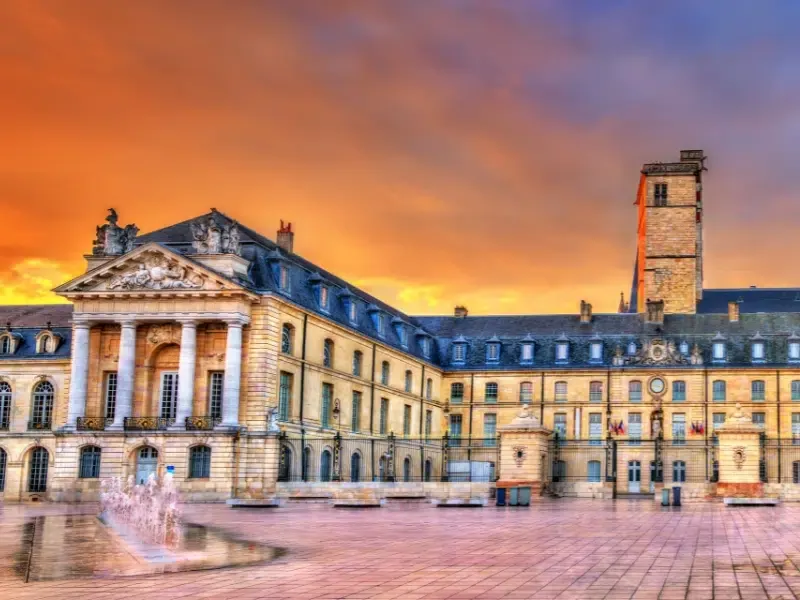
Famous for mustard but offering so much more, Dijon’s medieval core features half-timbered houses painted in jewel tones that lean charmingly over narrow lanes. Follow the owl trail – small owl symbols embedded in sidewalks – to discover hidden architectural gems throughout the old quarter.
The magnificent Palace of the Dukes houses one of France’s finest art museums. I recommend climbing the Philippe le Bon Tower for stunning city views that reveal Dijon’s unique roofscape of glazed tiles in geometric patterns.
Market days transform Place de la Libération into a feast for the senses, with local farmers selling cheeses, fresh produce, and regional specialties. Duck into any small restaurant for authentic Burgundian dishes like boeuf bourguignon or escargots.
5. Cluny Abbey Ruins
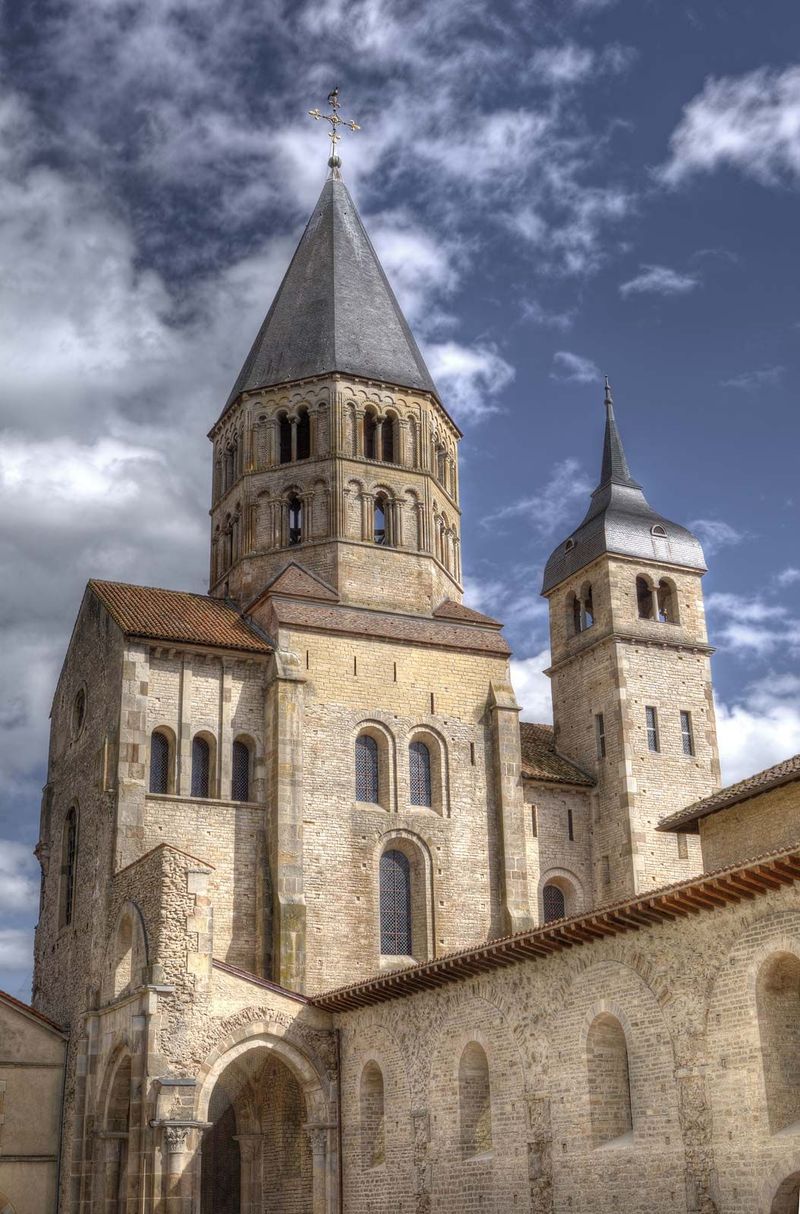
Once the spiritual heart of Europe, Cluny Abbey stood as the largest church in Christendom until St. Peter’s Basilica was built. Though mostly dismantled after the French Revolution, what remains still inspires awe with its massive scale and architectural innovation.
Using augmented reality tablets provided at the entrance, I could see the complete abbey as it once stood – a technological window into the past that brings these stones to life. The surviving south transept soars three stories high, hinting at the original building’s grandeur.
The small town of Cluny that grew around the abbey retains its medieval character. After exploring the ruins, wander through narrow streets where abbey stones were repurposed into homes and shops centuries ago.
6. Canal de Bourgogne
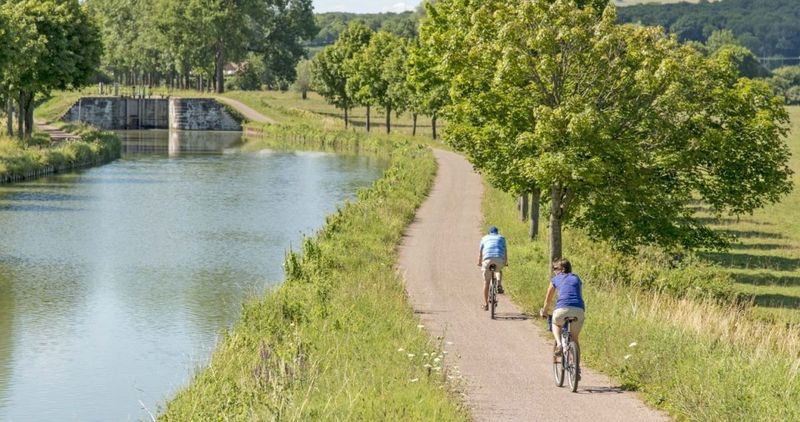
Winding lazily through golden fields and sleepy villages, this 150-mile engineering marvel connects two major rivers across Burgundy. Built in the 19th century, its 189 locks and beautiful stone bridges create a peaceful pathway through the heart of the region.
Renting bikes to pedal along the flat towpath offers my favorite way to experience rural French life. Fishermen doze beside their lines, families picnic under plane trees, and you’ll pass countless opportunities to stop for wine tastings directly from canalside producers.
If cycling seems too energetic, consider renting a self-drive canal boat for a day or week. These easy-to-operate vessels require no license and move slowly enough to savor every vineyard view and village church spire along the route.
7. Chablis Vineyards View
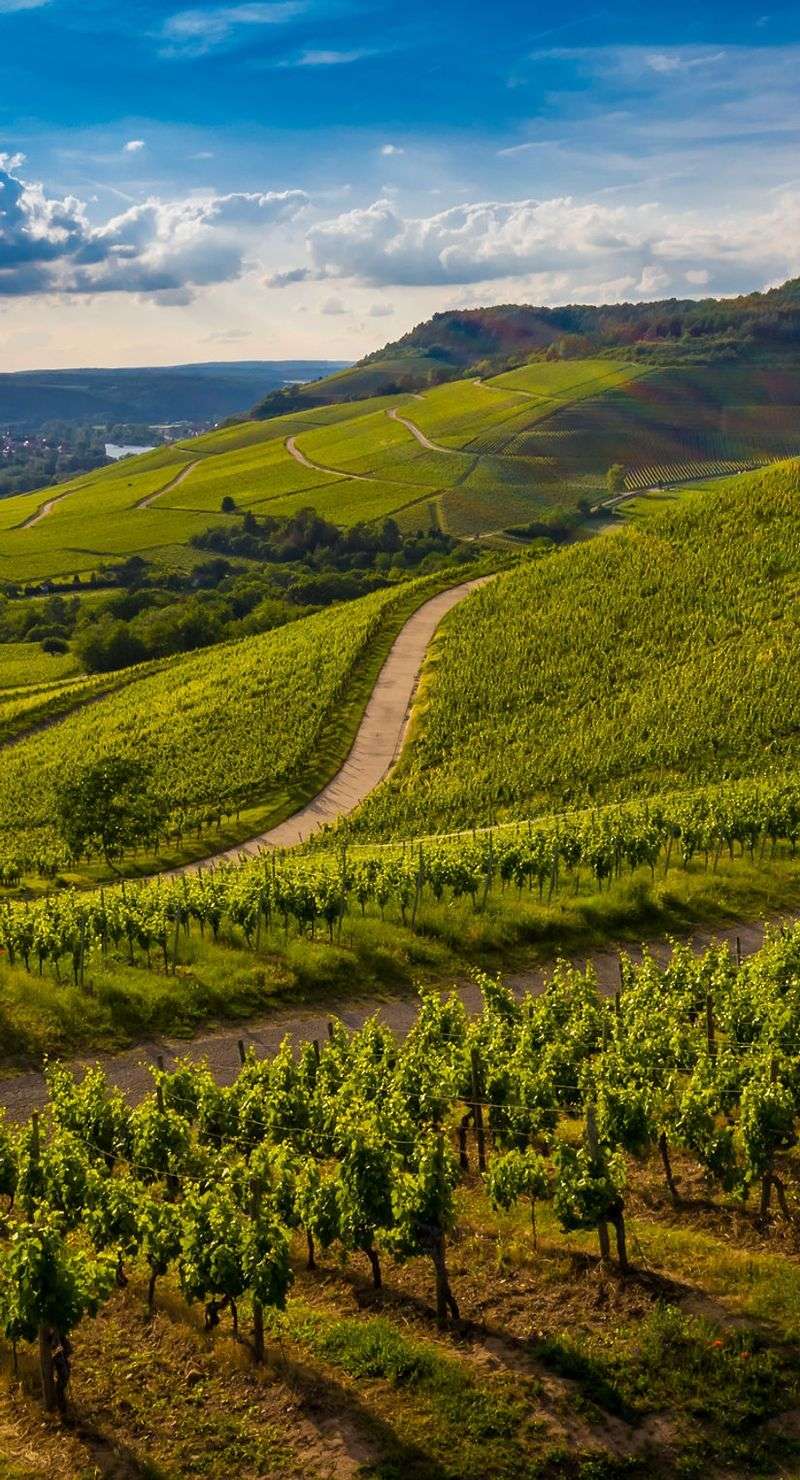
Rolling hills covered in precisely arranged rows of vines create a living patchwork quilt across the landscape around Chablis. This world-famous wine region produces crisp, mineral-rich white wines that perfectly capture the area’s unique terroir.
If you visit during harvest (September-October), you might witness the exciting bustle of workers gathering grapes by hand on steeper slopes. The golden light of autumn transforms these vineyards into a photographer’s dream, with colors ranging from pale green to rich amber.
Many family-owned wineries welcome visitors for tastings, often conducted by the winemakers themselves. I especially enjoy the small producers who take time to explain how the different hillside positions create distinct flavor profiles in their wines.
8. Auxerre Riverfront Walks
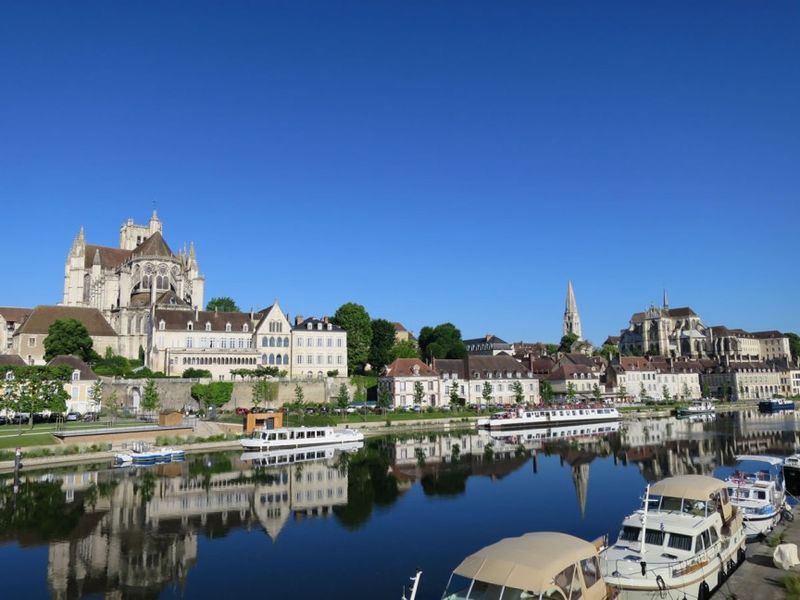
Mirrored perfectly in the calm Yonne River, Auxerre’s skyline of medieval spires and towers creates one of Burgundy’s most picturesque waterfront scenes. The stunning 13th-century cathedral dominates the view, its Gothic details visible from miles away.
Strolling along the riverside promenade at sunset has become my evening ritual whenever I visit. Cafés spill onto cobblestone squares where locals gather to play pétanque and share bottles of regional wine.
Don’t miss the remarkable Abbey of Saint-Germain with its ancient crypt containing some of France’s oldest frescoes. After exploring historical sites, rent a kayak for a different perspective of this beautiful city from water level – a refreshing adventure on warm summer days.
9. Château de Ancy-le-Franc
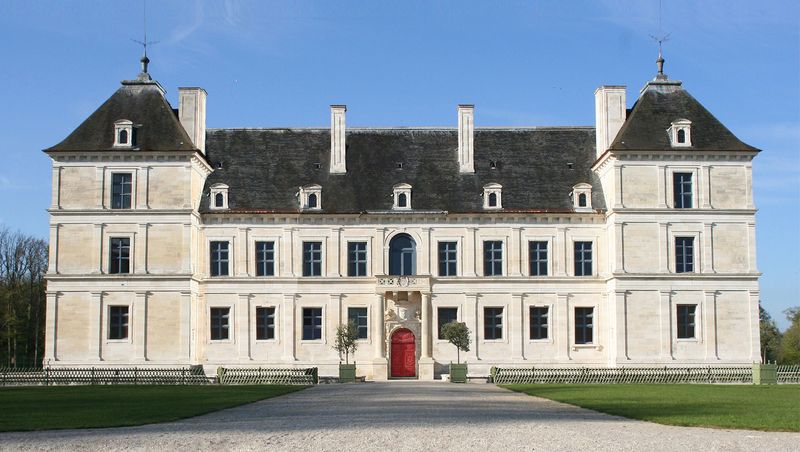
Sometimes called the “Burgundian Versailles,” this Renaissance masterpiece showcases perfect symmetry and Italian-inspired design rarely seen in French châteaux. Unlike crowded Loire Valley castles, here you might have entire rooms to yourself to admire the extraordinary 16th-century frescoes.
The château’s interior contains France’s largest collection of Renaissance murals, with every ceiling telling mythological stories through vibrant paintings. When I visited, restoration work was revealing original colors hidden beneath centuries of grime.
Surrounding the château, formal gardens provide peaceful spots to sit and sketch the perfect proportions of this architectural gem. The estate sits alongside the Canal de Bourgogne, making it an ideal stop if you’re exploring the region by boat or bicycle.
10. Semur-en-Auxois Streets
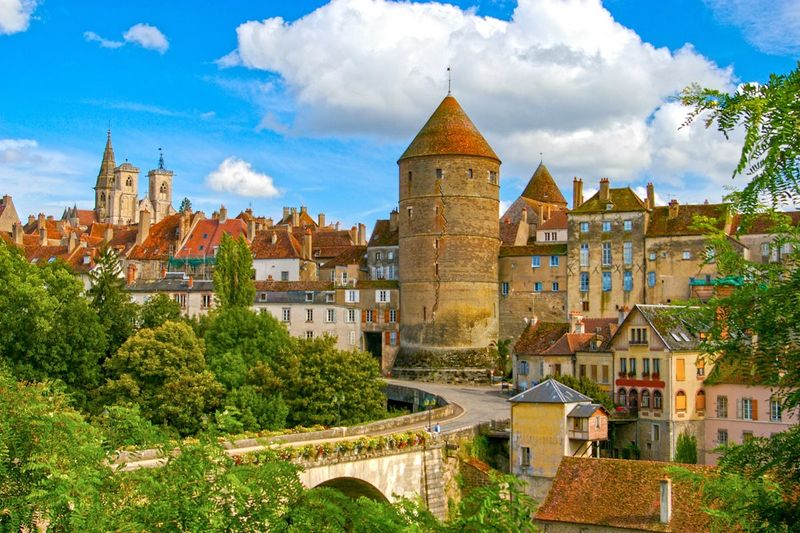
Appearing unchanged since medieval times, this fortified town perches dramatically on pink granite cliffs above a loop in the Armançon River. Massive round towers and ancient walls still encircle cobblestone streets that wind past homes dating back 500 years.
Walking through the arched stone gateways feels like stepping directly into a fairy tale. My favorite discovery was a tiny bakery housed in a 14th-century building, selling traditional pain d’épices (spice bread) from a recipe passed down through generations.
For the best photos, follow the path below town along the riverbank looking up at the defensive walls. During summer evenings, the entire town is dramatically illuminated, creating a magical atmosphere as you dine at outdoor restaurants beneath the ramparts.
11. Noyers Medieval Charm
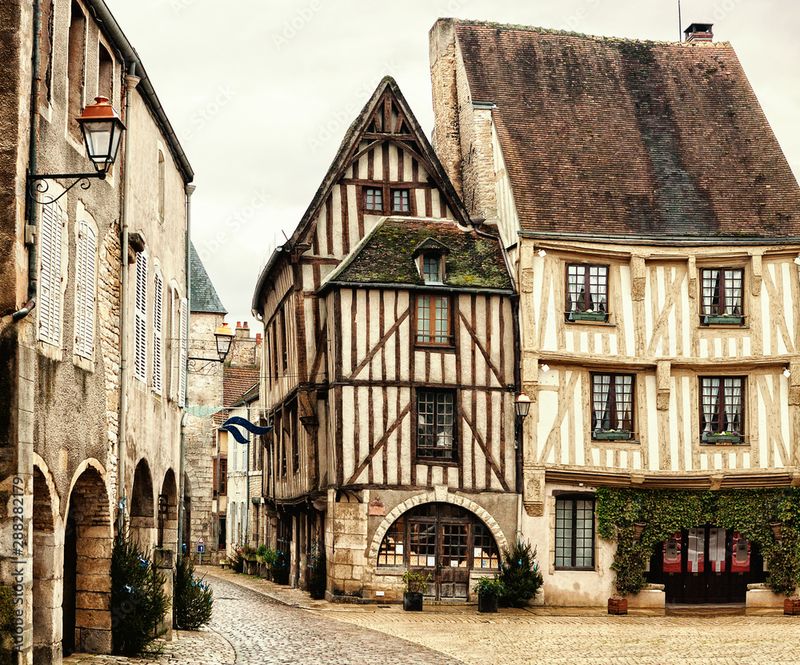
Often listed among France’s most beautiful villages, Noyers seems forgotten by time with its half-timbered houses and flower-filled squares. Artisans have reclaimed many buildings, turning them into pottery studios, woodworking shops, and galleries that keep traditional crafts alive.
Summer weekends bring the village market to life in the main square, where you can sample regional cheeses and meet local farmers. I stumbled upon a small museum housed in an ancient tower where volunteers proudly showed off archaeological finds from the ruined castle on the hill above town.
If you visit in July, you might catch the medieval festival when residents dress in period costumes and demonstrate crafts using centuries-old techniques. The absence of modern signage makes Noyers perfect for photography at any time of year.
12. Autun Roman Theater
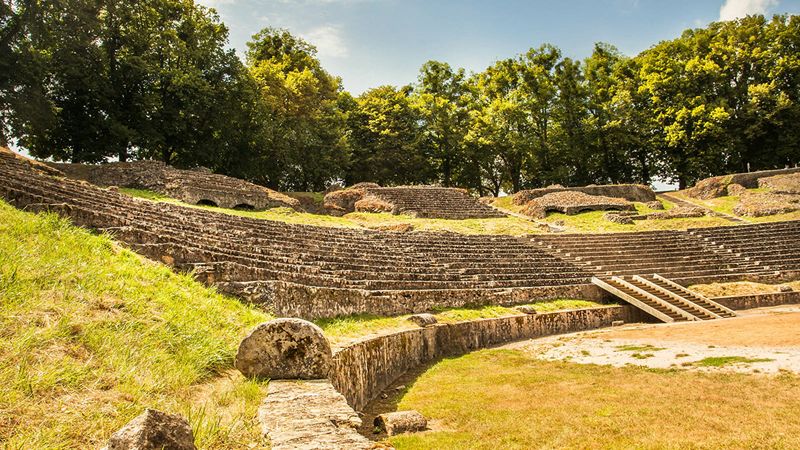
Hidden away in this quiet Burgundian town lies one of France’s best-preserved Roman theaters, built nearly 2,000 years ago when Autun was an important imperial city. The massive stone semicircle once seated 15,000 spectators for plays and gladiatorial contests.
Though partially dismantled over centuries as locals repurposed stones for buildings, enough remains to imagine the grandeur of Roman entertainment. During summer, the ancient venue comes alive again with concerts and theatrical performances – I attended a magical evening of classical music as the setting sun painted the stones gold.
Beyond the theater, Autun rewards exploration with its impressive cathedral, Roman gates still standing at city entrances, and an excellent museum housing artifacts from the city’s ancient past.
13. Morvan Forest Trails
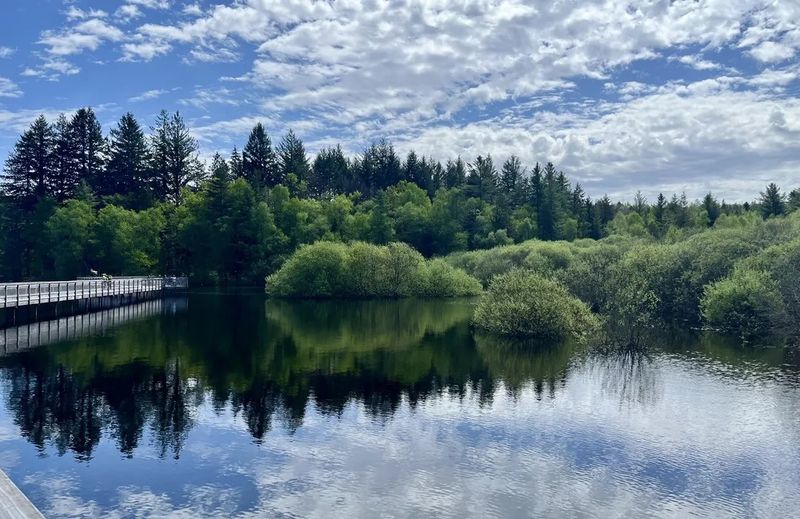
Wild and mysterious, this ancient woodland offers a refreshing contrast to Burgundy’s cultivated vineyards. Crystal-clear lakes hidden among dense forests create perfect swimming spots during summer months, while well-marked hiking trails lead to panoramic viewpoints and tumbling waterfalls.
The Morvan Regional Natural Park protects this biodiverse area where you might spot deer, wild boar, and numerous bird species. I recommend renting a mountain bike to explore former logging routes that connect isolated hamlets where traditional life continues much as it has for centuries.
History buffs will appreciate how these forests sheltered French Resistance fighters during World War II – small museums in park villages tell their courageous stories. For overnight stays, charming lakeside cabins offer peaceful retreats amid nature’s symphony.
14. Château de Bussy-Rabutin
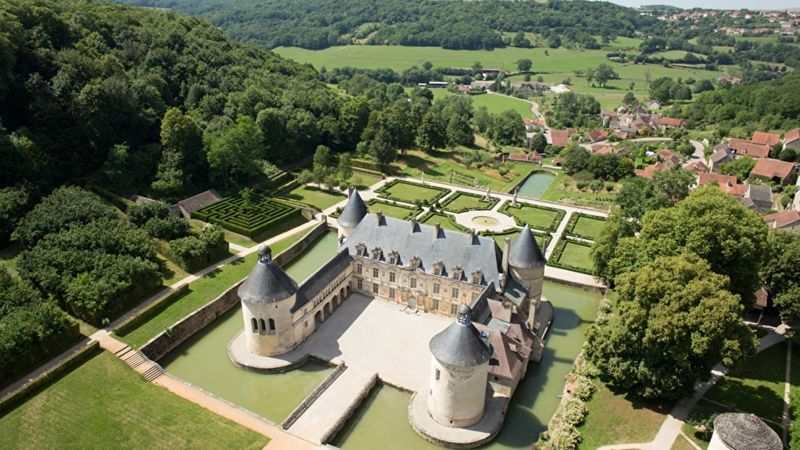
Created by a nobleman exiled from the court of Louis XIV for his scandalous writings, this unusual château reveals its creator’s wit and rebellious spirit. Count Roger de Rabutin covered his walls with satirical portraits and quotes mocking the king and courtiers who banished him.
Unlike formal royal residences, Bussy-Rabutin feels deeply personal – the home of someone with a mischievous sense of humor. My favorite room contains the “Gallery of Rejected Women” featuring portraits of ladies who refused the count’s romantic advances, each with a sarcastic caption.
The gardens reflect formal French design with geometric patterns and carefully trimmed hedges. After touring the interior, explore the surrounding woodlands where the count spent many hours hunting during his long exile from Paris.
